Mars is the fourth planet from the Sun in our Solar System. It takes 687 days for Mars to complete a single orbit around the sun. The average distance between Mars and the sun is 228 million kilometers. The diameter of Mars is less than 7,000 kilometers, and it weighs about one-tenth what our Earth weighs. Two moons named Phobos and Deimos orbit around Mars. The planet is made of a highly dense iron core covered by a layer of thick rocky crust. Mars has a distinctly ruddy surface that makes it look like a red point when viewed from the Earth. The planet’s bloodlike color has been associated throughout with death and battle for centuries, which is why it was named after Mars, the Roman god of war.
The average temperature on the planet is about negative 45 degrees Celsius. It has a highly rarefied atmosphere consisting mainly of carbon dioxide, with strong winds that cause violent sandstorms. The planet’s topography is distinguished by the mountainous Tharsis area near its equator. The many volcanoes there include the highest mountain in the Solar System, Mount Olympus. Rising 27 kilometers above the planet’s surface, Mount Olympus is more than three times as tall as Mount Everest. A system of interconnected canyons known as the Valles Marineris can also be found near Mars’ equator. This system extends 4,000 kilometers, and its deepest canyon reaches seven kilometers beneath the surface. By comparison, the Grand Canyon in the United States is less than 450 kilometers long and has a maximum depth of 1.6 kilometers. In addition to the Valles Marineris, Mars has smaller canals that were discovered by the first space probes. In 1877 Italian astronomer Giovanni Schiaparelli first proposed that Mars might have canals. His evidence, however, was due to an optical illusion produced by the telescopes of the day.
Many scientists believe that the Martian canals were formed by waterways that have since disappeared. There is strong evidence that the surface of Mars was once covered by an ocean. Observations from spacecraft orbiting Mars and exploring its surface have revealed the presence of ice on the planet. There is, however, no indisputable sign of life, not even in the form of fossils or minute traces. The missions to send a man to Mars, planned for upcoming decades, may be able to solve the mystery once and for all.
The average temperature on the planet is about negative 45 degrees Celsius. It has a highly rarefied atmosphere consisting mainly of carbon dioxide, with strong winds that cause violent sandstorms. The planet’s topography is distinguished by the mountainous Tharsis area near its equator. The many volcanoes there include the highest mountain in the Solar System, Mount Olympus. Rising 27 kilometers above the planet’s surface, Mount Olympus is more than three times as tall as Mount Everest. A system of interconnected canyons known as the Valles Marineris can also be found near Mars’ equator. This system extends 4,000 kilometers, and its deepest canyon reaches seven kilometers beneath the surface. By comparison, the Grand Canyon in the United States is less than 450 kilometers long and has a maximum depth of 1.6 kilometers. In addition to the Valles Marineris, Mars has smaller canals that were discovered by the first space probes. In 1877 Italian astronomer Giovanni Schiaparelli first proposed that Mars might have canals. His evidence, however, was due to an optical illusion produced by the telescopes of the day.
Many scientists believe that the Martian canals were formed by waterways that have since disappeared. There is strong evidence that the surface of Mars was once covered by an ocean. Observations from spacecraft orbiting Mars and exploring its surface have revealed the presence of ice on the planet. There is, however, no indisputable sign of life, not even in the form of fossils or minute traces. The missions to send a man to Mars, planned for upcoming decades, may be able to solve the mystery once and for all.
RELATED


TEETH


DOG


ERIS


PIG


THE FEET


TWITTER
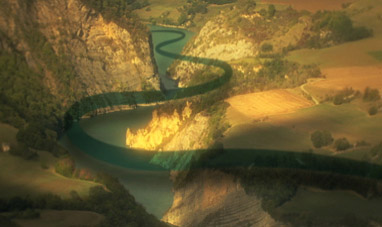

RIVERS


THE NERVOUS SYSTEM


THE BRAIN


KANGAROO


THE HEISENBERG PRINCIPLE


CHAMELEON


AMAZON


LADYBUG


CLOUD COMPUTING


GIANT ANT EATER


HYENA
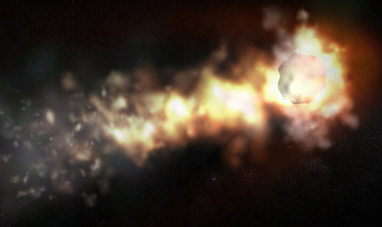

METEORITES
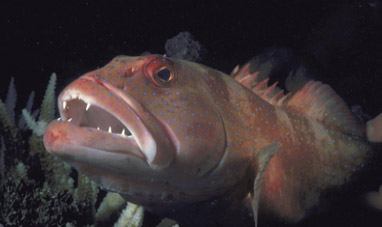

GROUPER


PARROTT


SKIN


BIG DATA


SCORPION


TUNA


GARLIC


OSTRICH
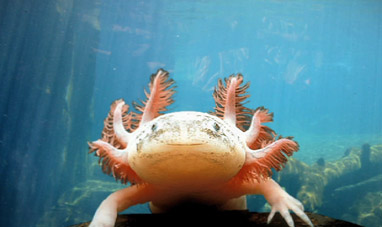

AXOLOTL


WHEAT


ARCHIMEDES' PRINCIPLE
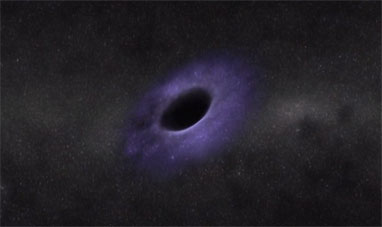

BLACK HOLES


THE SKELETON


DROMEDARY
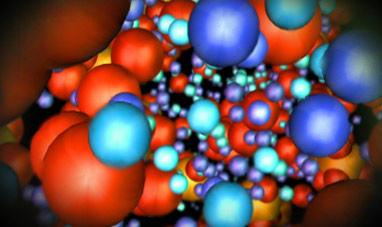

QUANTUM PHYSICS


TARANTULA
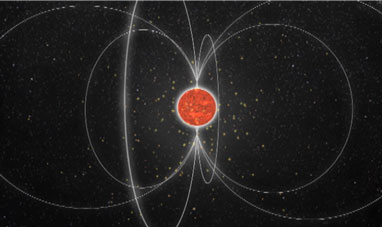

PULSARS
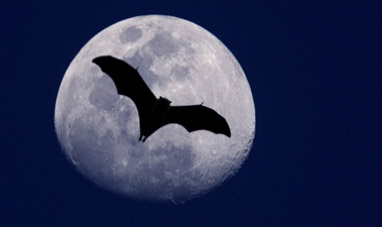

BAT
